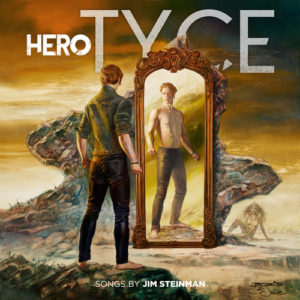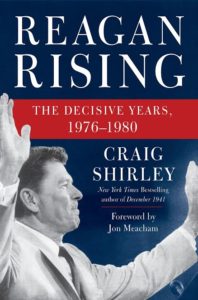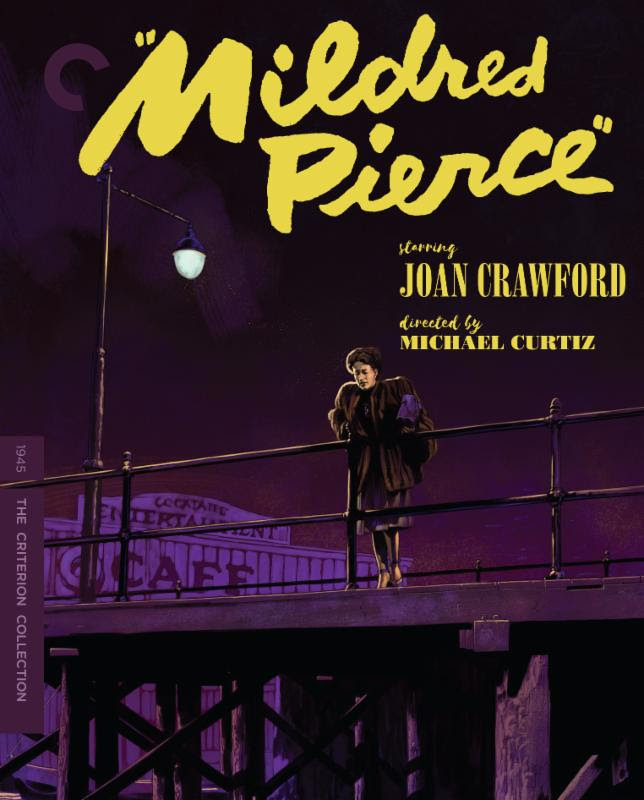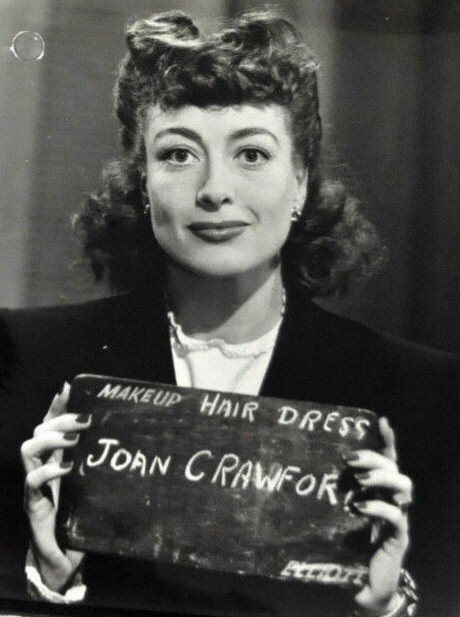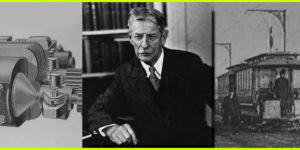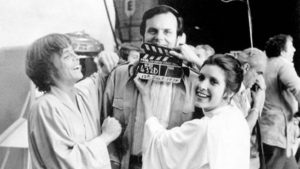Thirty years old, and Natalie Merchant’s career seems as young as ever. So does she.
Catch what we mean when Merchantl tours the U.S this summer in with Natalie Merchant: 3 Decades of Song. In anticipation of a forthcoming career retrospective boxed set on Nonesuch, Merchant’s concerts will span her three-decade recording career, with songs from both 10,000 Maniacs and her solo albums. A string quartet joins Merchant and her regular band for the shows. A portion of the proceeds from Natalie Merchant: 3 Decades of Song will be donated to the organization Food & Water, which champions healthy food and clean water for all.
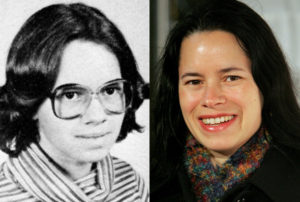
Nonesuch most recently released Merchant’s Paradise Is There: The New Tigerlily Recordings in 2015. This collection of all-new recordings revisits Merchant’s multi-platinum solo debut, Tigerlily, originally released in 1995 following her departure from 10,000 Maniacs. The release was accompanied by a documentary DVD.
Her career began in 1981 when, as a college student, she joined the seminal alternative rock band 10,000 Maniacs, which signed to Elektra Records in 1984. As lead vocalist, lyricist, and sometimes pianist, Merchant released six critically acclaimed studio albums with the band, including the platinum-certified In My Tribe (1987), Blind Man’s Zoo (1989), Our Time in Eden (1992), and MTV Unplugged (1993). She left the group in 1993, and in 1995 released her multi-platinum solo debut, Tigerlily, followed by the platinum Ophelia (1998) and Motherland (2001).
In 2003 she independently released an album of traditional and contemporary folk music, The House Carpenter’s Daughter, which also coincided with the birth of her child. For the next seven years she lived quietly in New York’s Hudson Valley devoting herself to family and community, while taking opportunities to collaborate with other musicians and strengthen her commitment to activism and philanthropy.
In 2010, Merchant returned with a thematic double album, Leave Your Sleep, her debut for Nonesuch Records. For this meditation on childhood and mothering Merchant set 19th- and 20th century American and British children’s poetry to music. She also collaborated with award-winning children’s book illustrator Barbara McClintock for a picture book based on the album. In 2014, Nonesuch released Natalie Merchant, her sixth solo album and first of entirely original songs in thirteen years, which the New York Times called a “set of dark, brave, thoughtful and serenely startling songs”.
Merchant remains dedicated to a wide array of social justice and environmental causes. Recently, she spearheaded the making of the protest concert film Dear Governor Cuomo (2013) with New Yorkers Against Fracking, actors Mark Ruffalo and Melissa Leo, and filmmakers Jon Bowermaster and Alex Gibney, and she directed and produced SHELTER: A Concert Film to Benefit Victims of Domestic Violence (2014).
Visit her tour dates here nataliemerchant.com/calendar

